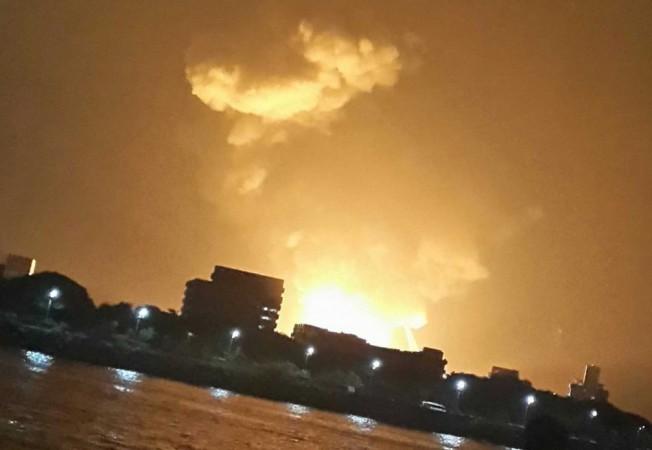India is moving ahead with a large scale navy modernisation programme amid concerns over Chinese submarine activity in the Indian Ocean.
After a stand-off along the disputed borders during the India visit of Chinese premier Xi Jinping, a recent "port of call" by a Chinese submarine in Sri Lanka has forced India to take a tough stand, and to improve its naval resources, which is bogged down with a 30-year-old fleet, reported Reuters .
China has been helping the island nation in building ports and container terminals. It also operates a port in the Pakistan city of Gwadar, which caused serious concern for the Indians.
India under Modi Government has accelerated plans for tendering process for six conventional diesel-electric submarines, at an estimated cost of ₹50,000 crore ($8.1bn,) in addition to six others being assembled at Mumbai by the French firm, DCNS.
The Indian Ocean is traditionally seen as India's own "strategic backyard," with the world's largest democracy wielding significant influence on its smaller neighbours. The Chinese patrolling raises the stakes for India, who are jittery over any perceived shift in the balance of power equation in the naval context.
Prime Minister Narendra Modi has placed deep emphasis on the "Made in India" campaign, and seeks to develop a well-entrenched local manufacturing of defence equipment. The Indian conglomerate Larsen & Toubro, which built the hull for the first domestic nuclear submarine, has been asked to manufacture two more, according to sources.
Elsewhere, Japan looks to grow its diesel-electric submarine strength from 16 to 22 over the next decade. Australia, at the other end of the Indian Ocean, plans to buy up to 12 stealth submarines from Japan, while Vietnam plans for as many as 4 Kilo-class submarines from Russia, to supplement its current fleet of two. Taiwan too has been pursuing dialogue with the United States that would allow it to build its own submarine fleet.
The Indian Navy presently has 13 diesel-electric submarines, of which only half are operational at any given time, due to refits. Last year saw a string of accidents, with a submarine sinking after an explosion and fire, while docked at Mumbai.
India is building an aircraft carrier in Kochi, home to its Southern Naval Command; Modi government had allocated ₹19,000 crore in July, expected to be inducted into the Navy in 2018. A year ago, India had also inducted the Russian-built aircraft carrier, Admiral Gorshkov, refitted and renamed as INS Vikramaditya.
Meanwhile, China has pursued a rigorous defence modernisation plan and is estimated to possess a fleet of about 60 conventional submarines, with an additional 10 nuclear-powered ones, including three armed with nuclear weapons.
Beijing's top concern in the Indian Ocean is to safeguard the passage of its commodities, especially oil, insisted Ma Jiali, an expert with the China Reform Forum's Centre for Strategic Studies, which is affiliated with the Central Party School.
China fields an 800-strong fleet compared to India's 150-strong fleet, in which run-in are expected, warn naval sources and experts.
David Brewster, a strategic affairs visiting fellow at the Australian National University, viewed that India may seek naval corporation with Japan and Australia and could expand its military base in the Andamans.

Brewster expects the Indians to act sooner if China continues with its current level of presence in the Indian Ocean.









![India Auto Roundup: Maruti Suzuki, Mahindra have exciting launches in November [details here]](https://data1.ibtimes.co.in/en/full/805520/india-auto-roundup-maruti-suzuki-mahindra-have-exciting-launches-november-details-here.jpg?w=220&h=138)








